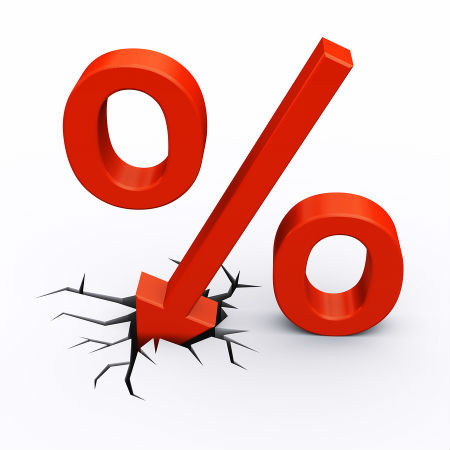One of the most painful experiences a business owner can go through right now is examining the interest they are earning on their cash. For the past six years interest rates have been at historic lows. A successful business owner with $1 million in a savings account would earn around $100 to $150 per month at current interest rates. The interest on $10 million wouldn’t even cover rent for a studio apartment in most cities! It’s extremely frustrating.
Despite recent indications and measures taken by the Federal Reserve, any increase in interest rates over the next year will likely be modest. If your business generates surplus cash each month this is a genuine problem. Let’s find a solution.
Saving it is the best way to lose it
The first step is to decide that you must take action. When it comes to finding alternatives for surplus cash or cash savings many small business owners simply don’t feel it’s worth their time to shop around. Failing to do something though is an expensive proposition.
Annual inflation stands at a low 1.7 percent for the most recent 12-month period. Every month that your cash earns less than the inflation rate you are effectively burning money. A $50,000 savings account balance that earns 0.2% with inflation at 2% would effectively lose $4,700 over 5 years. If your business earns a 5 percent net profit margin you would need to sell an extra $94,000 just to recoup the losses from earning a low interest rate. So what can you do?
Option one: put it to work in your business
The best option is to deploy the cash in your operations. If your business is profitable then put excess cash to work by doing what you do best. Hiring an extra sales person, purchasing additional equipment or finding another profitable use within your business will ensure that the money is put to good use instead of wasting away with anemic interest rates. The cost to your business of deploying savings is much cheaper than borrowing money or selling equity to investors. You also have the additional benefit of increasing your tax deductions and lowering your overall tax bill.
Option two: pay off loans and lines of credit
Additionally, you can use the money to pay down any loan or credit line balances where you are paying interest. Many small business owners prefer to keep the cash for a rainy day and pay high interest rates on credit line balances. It makes more sense to pay down the credit line and just keep it open in case you do need it in the future. This takes care of the problem of having emergency access to cash without paying thousands of dollars in unnecessary interest costs.
Option three: Laddering
Generally the less access you have to your cash, the higher the interest rate you’ll earn. A financial institution will pay more to someone willing to invest in a Certificate of Deposit for 5 years than to someone putting the same cash into a savings account where they can pull the money out at any time without penalty. With laddering you divide your cash and invest each part in financial instruments with varying maturities. Someone with $50,000 could divide it into five $10,000 tranches and invest each tranche into a savings account, a high yield savings account, a money market fund, a one-year certificate of deposit and a five-year certificate of deposit. This gives the owner access to at least a portion of their money at all times while also allowing them to earn higher interest rates on the balance. In case rates do go up laddering also lets you reinvest the more flexible investments quickly at higher rates.
